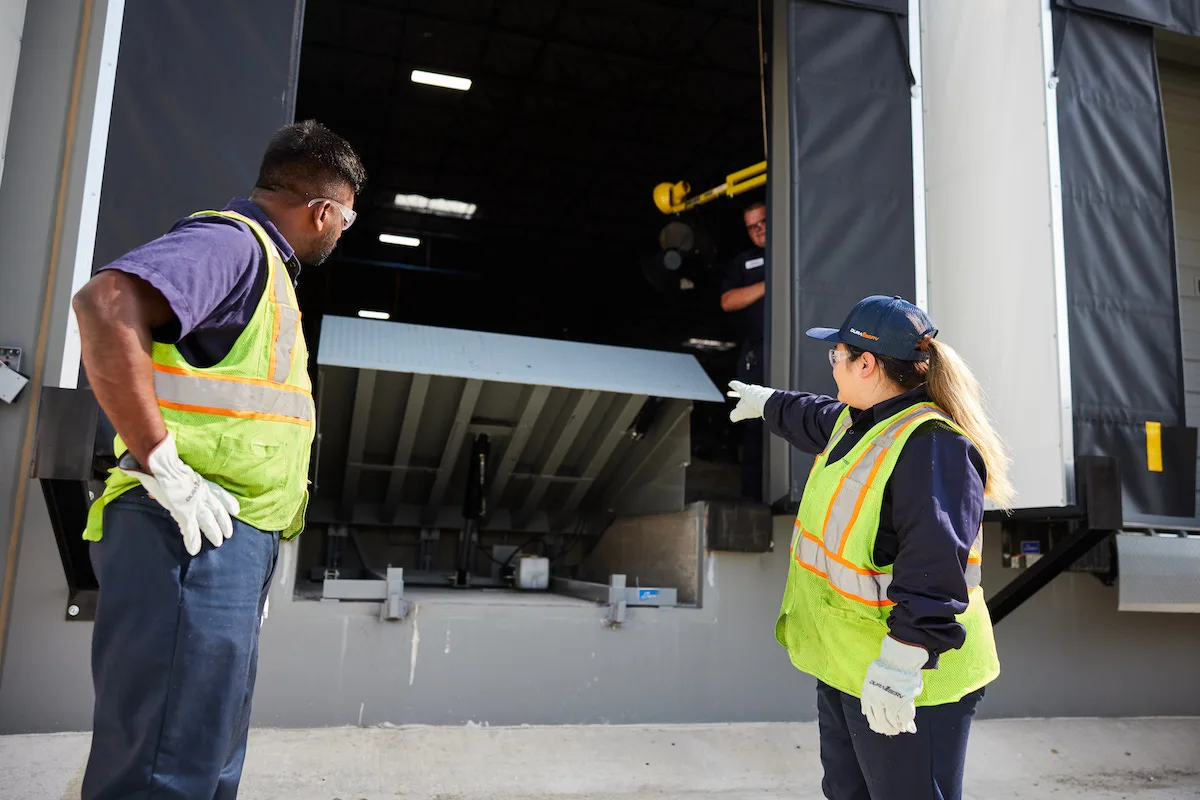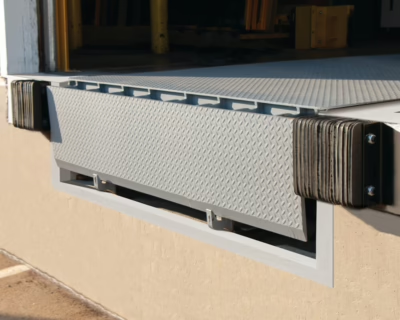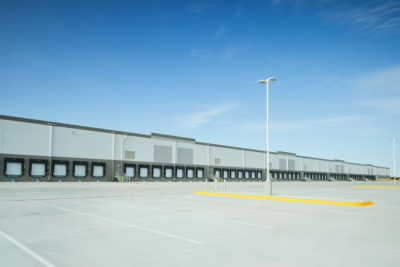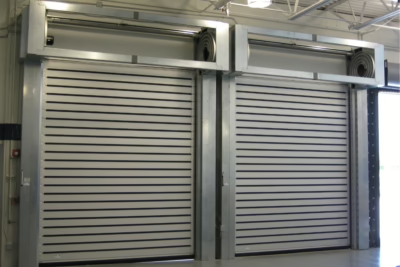In high-volume facilities, the loading dock is more than just an entry and exit point — it’s a strategic hub that directly influences operational speed, safety, and cost efficiency. When a loading dock is poorly designed, even the most organized warehouses can experience delays, congestion, and product damage.
Designing a loading dock for maximum throughput involves careful planning across equipment, layout, traffic flow, and long-term scalability. This guide explores the most critical design considerations to help you build a dock that keeps your operation moving.
Understand Your Facility’s Operational Requirements
Before making any design decisions, start with a detailed assessment of how your dock will be used. Factors such as the type and volume of freight, the range of vehicles serviced, and the frequency of shipments will influence the entire layout.
For example, if your facility handles a mix of standard trailers and smaller delivery trucks, you’ll need to account for a wider range of vehicle bed heights. If your operation includes multiple shifts or high throughput, you’ll need more dock positions and faster equipment to keep up with demand.
Throughput starts with clarity — the more accurately you define your operational needs, the better your dock can serve them.
Set the Right Dock Height and Width
Matching your dock dimensions to the vehicles being serviced is essential. In most cases, dock height ranges from 46 to 52 inches, which aligns with the standard height of tractor-trailer beds. However, regional differences or specialty vehicles like refrigerated trucks may require customized dock heights.
Dock width is equally important. A standard 8-foot dock door is sufficient for many operations, but facilities handling side-by-side pallets, bulkier loads, or high-speed loading often benefit from 9- or 10-foot-wide bays. Wider doors reduce bottlenecks and allow more flexibility in equipment use.
Choose the Best Dock Leveler for the Job
Dock levelers bridge the gap between the facility and the trailer, compensating for height differences and ensuring safe, smooth transitions for forklifts and pallet jacks. Choosing the right leveler directly impacts both safety and throughput.
Mechanical dock levelers are manually operated and cost-effective, making them suitable for light-duty use. However, they require more physical effort and are slower to operate — which can slow down busy docks.
For higher-volume facilities, hydraulic dock levelers are the gold standard. They’re fast, reliable, and controlled with the push of a button, reducing operator fatigue and improving cycle times. Air-powered levelers offer a middle ground, using an inflatable air bladder to raise the platform — ideal for washdown areas or food-grade facilities.
Beyond type, it’s important to select a leveler with adequate load capacity. A minimum of 30,000 pounds is recommended for most applications, but heavier-duty environments may require capacities of 40,000 pounds or more.
Optimize Traffic Flow Inside and Outside the Dock
One of the most overlooked — yet critical — aspects of dock design is how trucks, forklifts, and workers move through the space. Efficient traffic flow eliminates congestion and keeps loading and unloading on schedule.
Whenever possible, design for a one-way circular traffic pattern around the building. This simplifies driver navigation, reduces turning conflicts, and keeps yard operations predictable. Ensure there’s sufficient apron space for trucks to back into position without excessive maneuvering.
Inside the facility, separate pedestrian walkways from forklift paths and clearly mark dock approach zones. Lighting, floor striping, and mirrors can all improve visibility and reduce risk. The smoother and safer the movement, the faster the throughput.
Integrate Safety Features That Prevent Downtime
High throughput means nothing if it comes at the expense of worker safety. In fact, downtime caused by accidents or injuries can be far more costly than a few extra minutes on a load.
To minimize risk, equip your docks with durable bumpers that absorb trailer impact and prevent building damage. Vehicle restraint systems are equally important — they lock trailers into place and prevent early departure or trailer creep during loading.
Other key safety features include edge guards or dock barriers to prevent forklifts from rolling off the dock, LED dock lights to improve visibility, and interlock systems that coordinate dock leveler and door operation. Together, these systems create a safer, more efficient environment.
Plan for Environmental Challenges
Weather can be a major factor in loading dock performance — especially in regions with heavy rain, snow, or extreme temperatures.
To protect both equipment and personnel, consider installing dock shelters or seals. These systems create a tight seal around the trailer, keeping out wind, rain, and debris. Not only does this improve worker comfort, but it also protects sensitive products and reduces energy loss from the warehouse.
In cold climates, dock levelers with insulation, heated door thresholds, and integrated weather protection features can prevent freezing and ensure equipment operates reliably year-round.
Design for Growth with Scalability in Mind
A common design mistake is building a dock that only meets today’s needs. But most operations grow — and so should your dock.
Use a modular approach when possible, leaving room for additional dock positions as volume increases. Infrastructure like power lines, data cabling, or pit recesses should be installed with expansion in mind, even if those bays aren’t outfitted immediately.
Think ahead about staging areas, traffic reroutes, and parking for additional trailers. A well-planned dock can expand gradually, without requiring a complete redesign.
Real-World Example: Small Design Change, Big Results
A high-volume food distributor in Texas was facing frequent bottlenecks at their four loading bays. Despite operating 16 hours a day, they struggled to meet outbound demand and often incurred late shipment penalties.
After a design audit, they expanded two dock doors from 8 to 10 feet and installed hydraulic levelers with 40,000 lb. capacity. They also re-striped the dock approach zone and upgraded to high-speed roll-up doors. As a result, they increased trailer processing capacity by 30% and cut average load time by 18 minutes per truck — a change that paid for itself in less than six months.
Final Thoughts
Throughput isn’t just about moving products quickly — it’s about creating a dock environment that supports safe, repeatable, and scalable workflows. The best loading dock designs consider every detail: from door width and leveler type to traffic flow and future growth.
By investing in smart dock design, you position your operation for long-term success — reducing bottlenecks, minimizing downtime, and improving employee productivity.
DuraServ specializes in turnkey loading dock solutions, including design consultation, equipment installation, and ongoing service. Contact us today to discuss how we can help you design a dock that delivers maximum throughput and long-term value.



